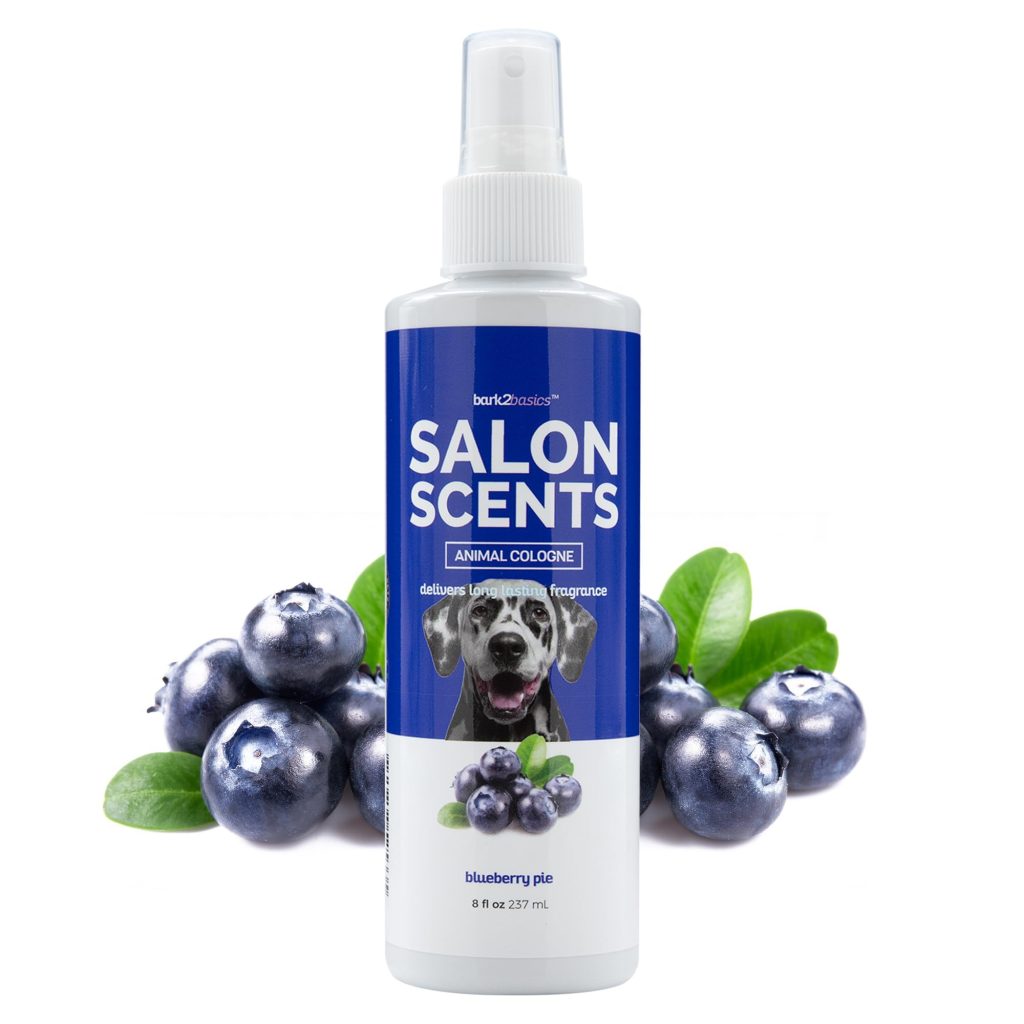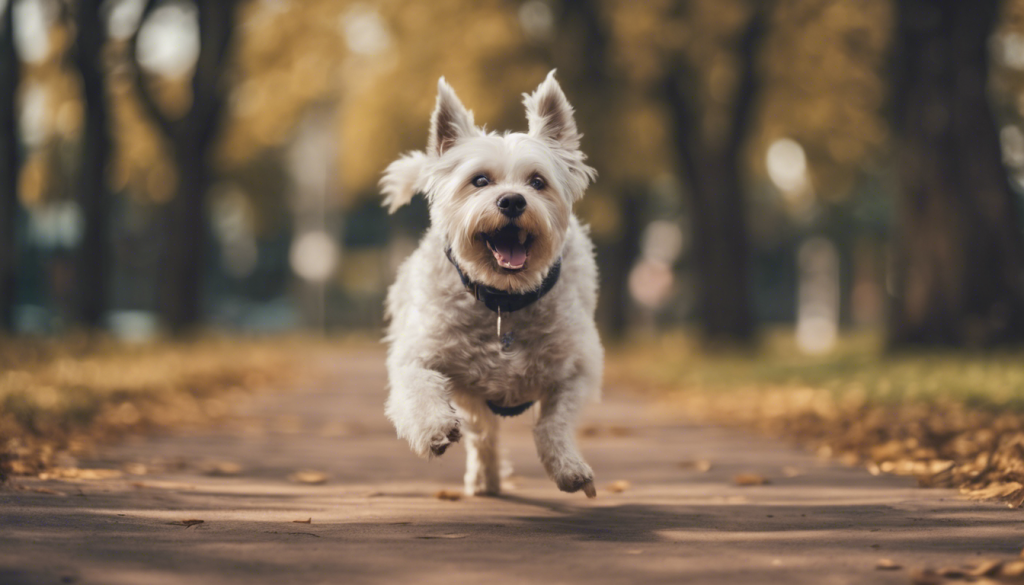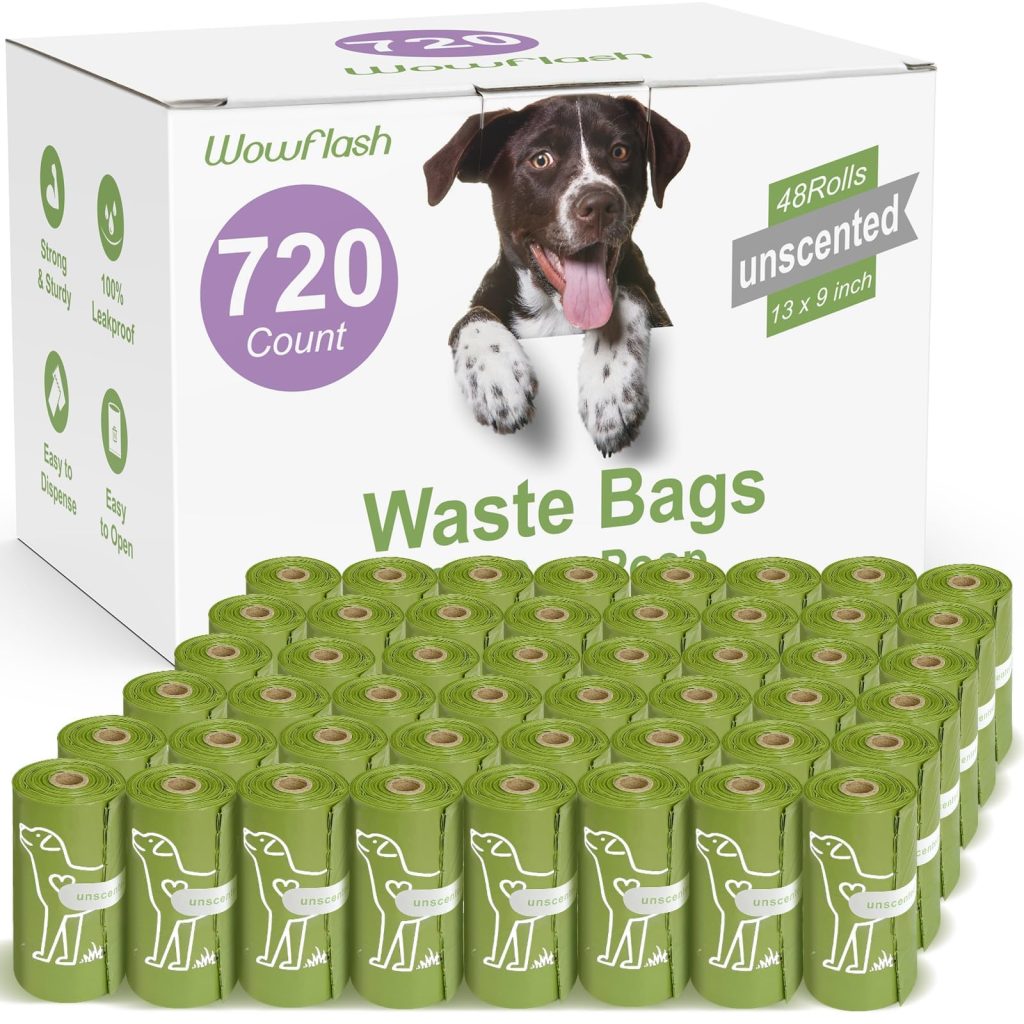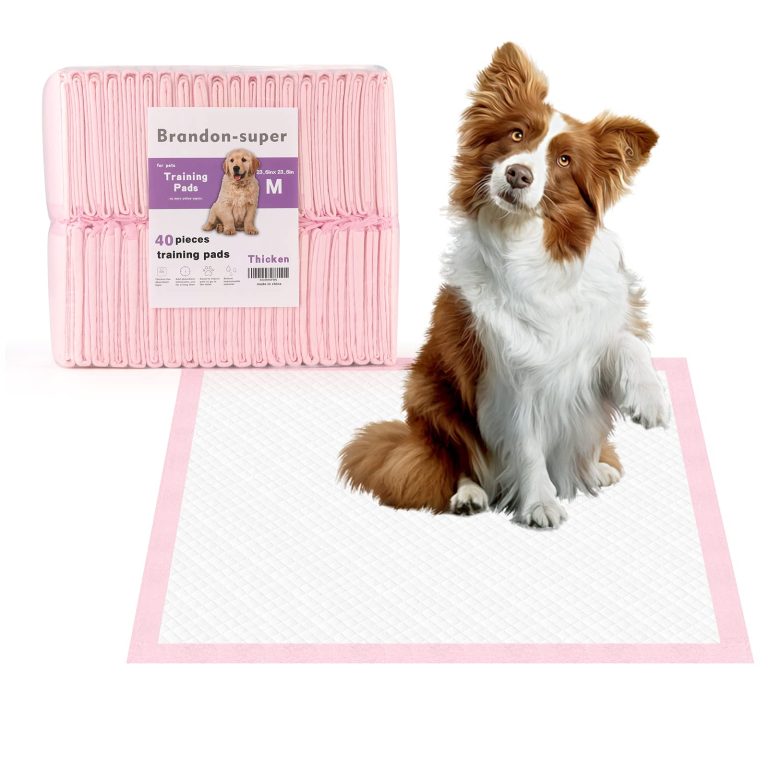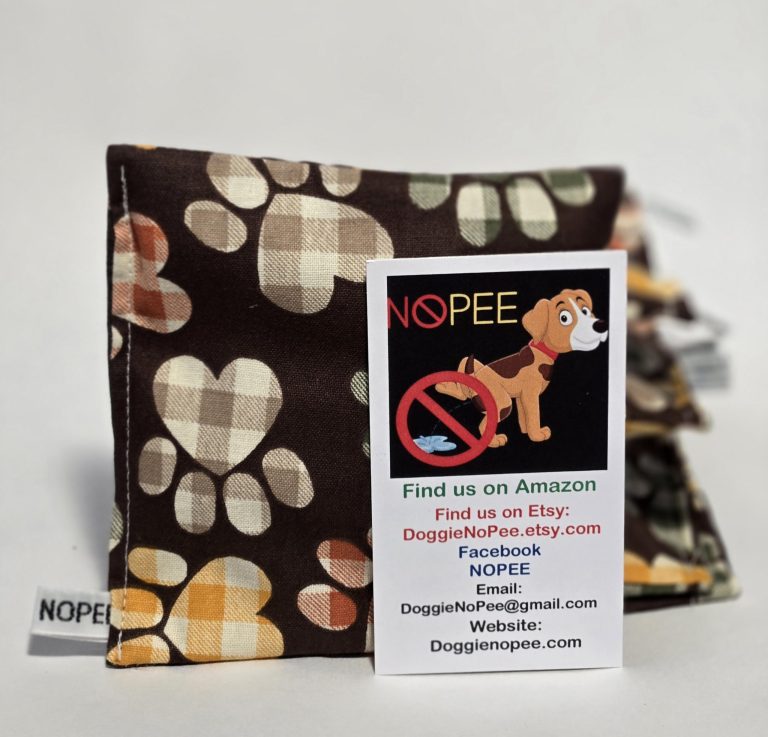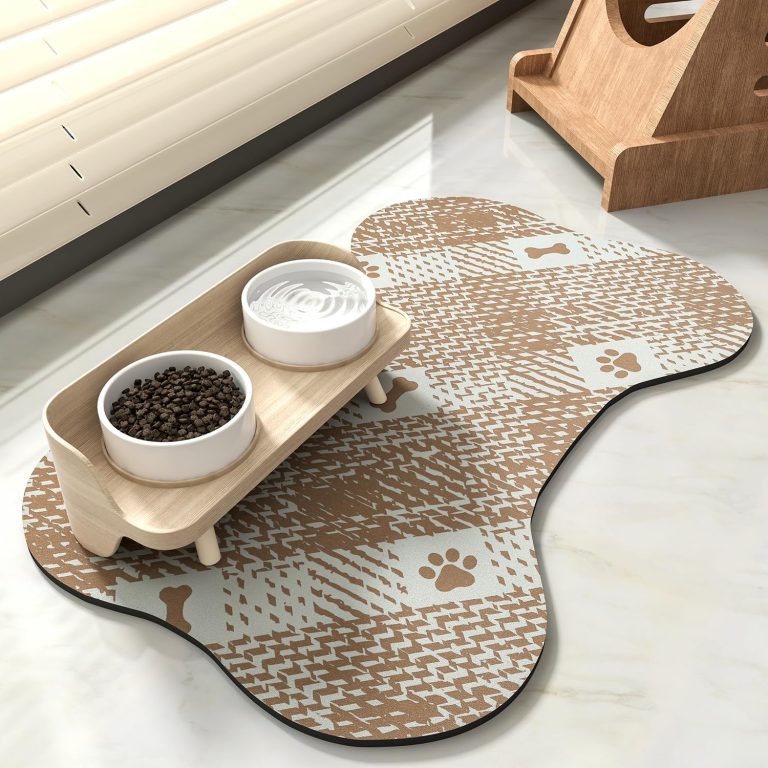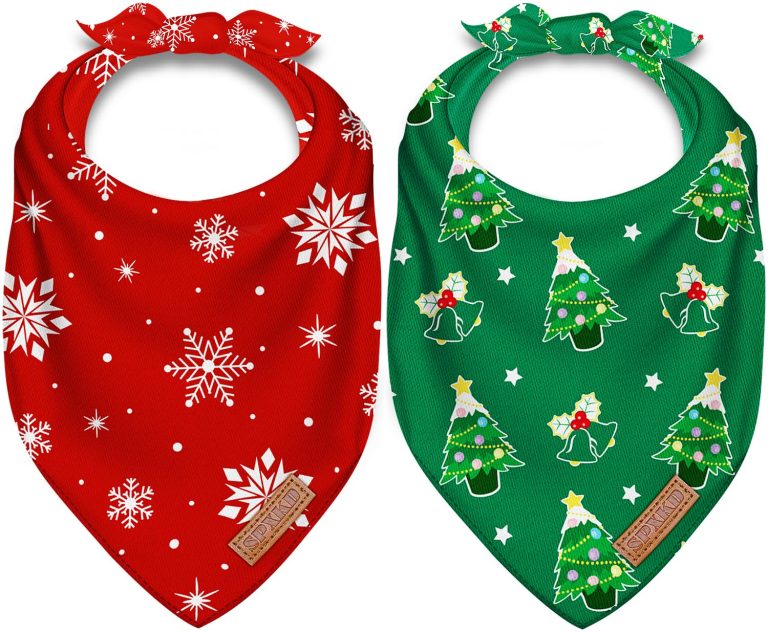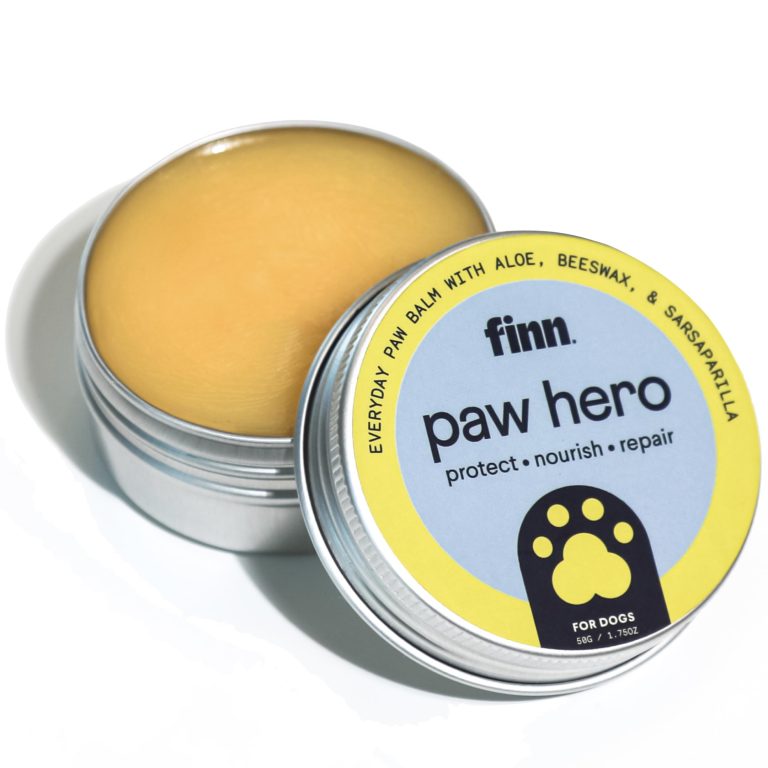Caring for Your Dog’s Paws – Tips for Healthy Feet
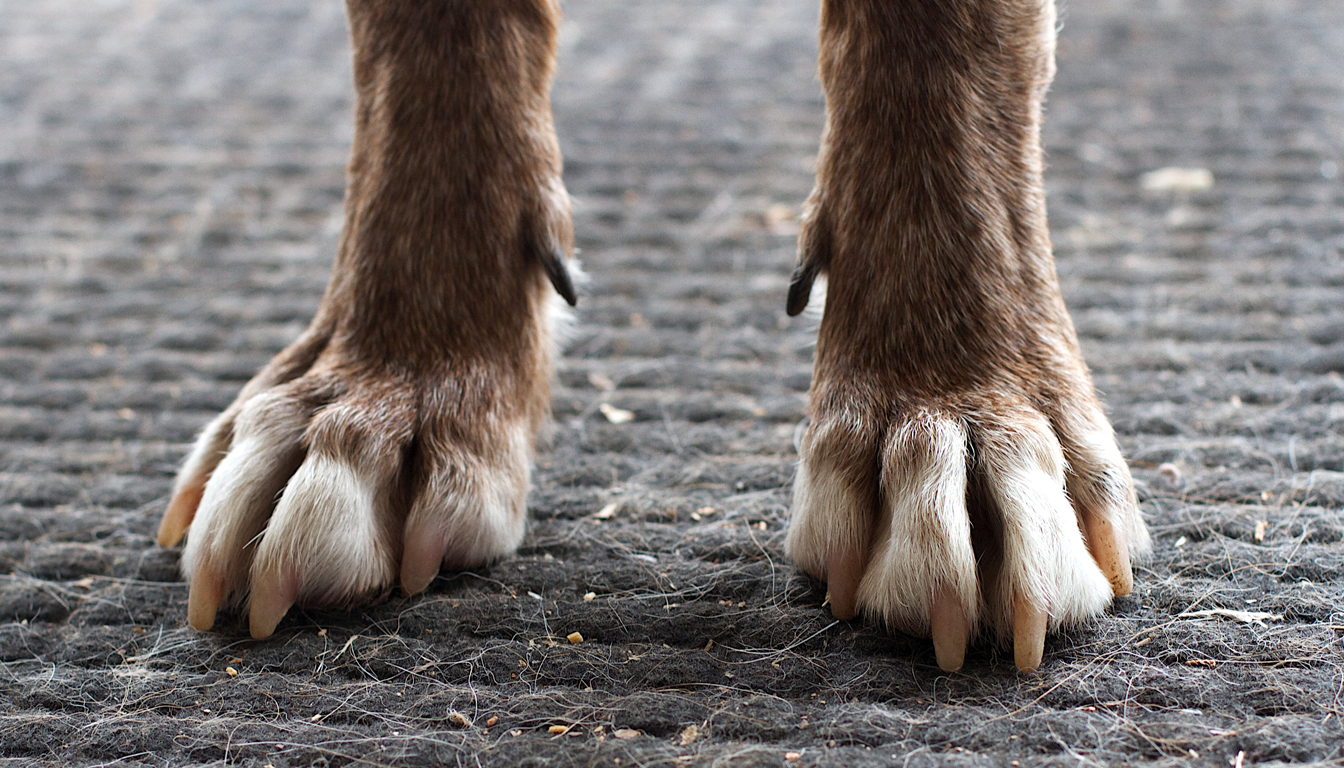 To truly appreciate the intricate structure and vital functions of your dog’s paws, one must delve beneath the surface of what might seem merely an anatomical feature. A dog’s paw is a marvel of natural engineering, comprising multiple elements that work harmoniously to support your furry friend’s active lifestyle. Each paw is made up of several components: the pads, which provide cushioning and traction; the claws, which offer grip and aid in digging; and the intricate network of bones and tendons that allow for agility and strength.
To truly appreciate the intricate structure and vital functions of your dog’s paws, one must delve beneath the surface of what might seem merely an anatomical feature. A dog’s paw is a marvel of natural engineering, comprising multiple elements that work harmoniously to support your furry friend’s active lifestyle. Each paw is made up of several components: the pads, which provide cushioning and traction; the claws, which offer grip and aid in digging; and the intricate network of bones and tendons that allow for agility and strength.
At the core of this understanding lies the importance of recognizing the purpose that each of these components serves. The pads, for instance, act as shock absorbers during runs and jumps, but they’re also the dog’s primary means of experiencing the world. Sensitive nerve endings in the pads allow dogs to detect changes in surface conditions, temperature variations, and even textures. This sensory input is essential for their interaction with the environment, which influences everything from playful behavior to protective instincts.
Moreover, a dog’s claw serves more than just an aesthetic purpose. The claws help maintain balance and enable confident navigation through varied landscapes, whether that be the soft grass of a park or the rugged terrain of a hiking trail. Notably, regular wear of the claws is essential; they naturally file down as dogs walk on hard surfaces. However, a lack of physical activity or overprotective indoor lifestyles can lead to overgrown claws, increasing the risk of injury or painful splits.
In addition to understanding these structures, it is vital to pay attention to the signals your dog may be conveying through their paw behavior. If a dog excessively licks or chews at their paws, it may indicate discomfort, allergies, or even boredom. Such behaviors should be assessed critically, perhaps leading you to consult a veterinarian for an accurate diagnosis. The need for paw assessment should not be underestimated; the earlier you notice irregularities in their grooming habits, the more effectively you can intervene.
Furthermore, the seasonal variations bring additional considerations for paw health. In colder months, ice, snow, and even road salt can pose risks to your dog’s paws, leading to cracking or chemical burns. In contrast, summer’s heat can cause paws to peel and crack when walking on hot pavement. An understanding of these environmental factors allows for proactive measures such as protective booties, regular inspections, and moisturizing balms that can provide a barrier against the elements.
Ultimately, nurturing a conscientious approach towards your dog’s paws enriches their life and strengthens the bond between pet and parent. Maintaining this awareness not only promotes physical well-being but fosters a deeper understanding of your companion’s needs, solidifying your role as a responsible and loving pet parent. As Jean Donaldson aptly notes, observing and interpreting a dog’s behavior is as vital as meeting their physical needs; it’s through this combined lens that one becomes a truly effective advocate for their pet’s health and happiness.
Common Paw Problems and Solutions
When it comes to the myriad of paw problems that dogs can face, awareness and proactive intervention are crucial. One of the most common issues encountered is the accumulation of debris and dirt between the toes, which can lead to irritation and infection. To combat this, regular checks should be a staple in your grooming regimen. Employ a damp cloth or a soft brush to gently remove any foreign particles, being careful not to overlook the spaces in between the pads. A simple ritual like this not only keeps their paws clean but also serves as an opportunity to examine for any signs of redness or inflammation, which could indicate an underlying concern.
In addition to debris, another frequent offender is cracked or dry paw pads. Often exacerbated by environmental factors like extreme temperatures or rough terrain, these cracks can be not only unsightly but also painful. To mitigate this, ponder applying a pet-safe moisturizing balm, particularly during walks in harsh weather conditions. It’s akin to applying sunscreen—a preventative measure that can greatly enhance comfort and protect sensitive skin. As Jean Donaldson emphasizes, understanding your dog’s peculiarities often leads to insight into their needs, a perspective this is invaluable for any pet parent.
Of course, home care may not always be sufficient to address paw issues. If your dog exhibits symptoms such as persistent limping, excessive licking, or redness, it’s imperative to consult with a veterinarian. Conditions such as pad infections, foreign object injuries, or allergies can escalate quickly if left unattended. Your veterinarian can diagnose these issues and may recommend treatments or lifestyle adjustments to promote healing, including rest, dietary changes, or targeted medications.
Among the notable challenges that dogs face are nail-related problems. Overgrown nails can become a source of pain, leading to difficulty walking, running, or engaging in playful behavior. Regular trimming is essential; however, many dogs find this process intimidating. Using a calm demeanor, coupled with positive reinforcement techniques—such as treats or praise—creates a reassuring environment. Gradual desensitization to the clippers can ease anxiety and ensure that this grooming ritual becomes a stress-free routine.
“The way you treat your dog during grooming can either create a lasting sense of insecurity or foster a deep-seated trust.” — Adapted from insights by Jean Donaldson
In addition to these common issues, allergic reactions manifesting as paw problems should not be overlooked. Symptoms such as paw chewing, biting, or constant licking signal discomfort possibly stemming from environmental allergens like pollen or grasses. Using the power of your observation skills, keep a detailed diary of your dog’s activities and reactions. Frequent visits to new parks, changes in diet, or exposure to different allergens can give clues as to the origins of these conditions. Once identified, solutions range from antihistamines to dietary adjustments, which your veterinarian can guide you through.
Striking a thoughtful balance between proactive care and responsive intervention will not only alleviate your dog’s paw discomfort but will deepen your relationship. Each paw problem encountered is an opportunity for education and connection—a chance to attune to the nuances of your pet’s needs and adjust your pet parenting approach accordingly. After all, a dog’s well-being is reflected in their overall happiness and the quality of life they lead, fostering a companionship that is both enriching and fulfilling.
Grooming Tips for Healthy Paws
When it comes to maintaining your dog’s paw health, grooming transcends mere aesthetics; it’s a ritual that underscores your commitment to their overall well-being. Incorporating a comprehensive grooming routine can yield significant benefits, transforming paw care into a collaborative and enjoyable process for both you and your four-legged companion.
First and foremost, regular inspection of your dog’s paws should be integrated into your grooming schedule. Examine each paw carefully, ensuring to look for signs of injury, irritation, or unusual growths. As you perform these checks, employ a gentle touch and soothing voice, creating an environment where your dog associates paw handling with comfort rather than unease. You might find that employing treats can bolster this positive experience, reinforcing desirable behaviors during the grooming session.
- ** If your dog has long fur around their paws, it’s essential to keep it neatly trimmed. Excess hair can trap dirt and moisture, potentially leading to infections or unpleasant odors. A gentle trim can make a world of difference, allowing for easier maintenance and improved comfort.
- ** Nail trimming very important but often met with resistance from dogs. To ease this process, think introducing the clippers gradually, allowing your dog to sniff and inspect them before the actual clipping begins. Engaging them with treats during the process can foster a sense of trust. Regularly scheduled trims—ideally every 3-4 weeks—ensure that nails remain short enough to prevent discomfort or injury.
- ** Just like human skin, your dog’s paw pads can dry out. Incorporating a pet-safe paw balm into your routine—especially after walks on hot pavement or snowy conditions—can help maintain their suppleness. A quick application once or twice a week can greatly enhance your dog’s paw comfort, much like the way a good moisturizer works wonders for human skin.
- ** Cleaning your dog’s paws after walks can help remove dirt, salt, and chemicals that can accumulate and irritate sensitive pads. A simple rinse with lukewarm water, coupled with a soft towel rubdown, can work wonders. For particularly muddy outings, think bathing their feet individually to avoid the chaos of an entire bath.
As you embark on these grooming efforts, be vigilant about integrating these practices into fun bonding moments. For instance, turning nail clipping day into a playful event—complete with their favorite toy or treat—can help transform potential anxiety into anticipation. Moreover, reinforcing a calm and reassuring demeanor during each grooming session fosters an environment conducive to trust; the connection established during these shared experiences can become a cornerstone of your relationship.
“Every grooming session is an opportunity for mutual understanding between you and your dog. It’s where behavioral nuances can be explored and emotional connections can be strengthened.” — Adapted from insights by Jean Donaldson
Furthermore, do not underestimate the possibility of varying needs that come with different breeds and lifestyles. For instance, a high-energy breed that spends ample time outdoors may require more frequent grooming sessions than a pampered house pet. Tailoring your grooming routine to suit your dog’s individual requirements not only enhances their health but also reflects your attentiveness as a dedicated pet parent. Consistently attending to their grooming needs signals to your dog that their comfort and happiness are paramount, ultimately leading to a stronger bond and a more fulfilling life together.
Seasonal Care for Your Dog’s Feet
As seasons shift, they bring a suite of challenges that directly influence the comfort and well-being of your dog’s paws. The ever-changing weather patterns require pet parents to prioritize seasonal care, ensuring that your four-legged friend navigates these transitions with ease and protection. During the frigid months, the likelihood of ice and snow presents unique risks; the cold can lead to paw pads becoming chapped or frostbitten. To mitigate these risks, it’s wise to invest in quality dog boots designed to shield delicate paw pads from harsh winter elements. Boots not only provide a buffer against the biting cold but also prevent the ingestion of harmful de-icing chemicals commonly found on roads and sidewalks. However, some dogs may initially resist wearing them; patience and gradual acclimatization—allowing your dog to wear boots indoors before venturing outside—can ease them into this protective measure.
In addition to cold protection, ponder incorporating a paw balm into your winter routine. Specialized balms can act as a barrier, lending moisture and protection against cracking caused by exposure to frigid air and rough terrain. After excursions, make it a habit to thoroughly check your dog’s paws, inspecting for ice balls that may form between the toes, as well as any cuts or abrasions that need attention. Understanding your dog’s individual reaction to these conditions is critical; as Jean Donaldson wisely points out, attentive observation allows us to decode our pets’ needs, which can reveal whether they are comfortable or if they require additional care.
As spring and summer approach, the focus shifts from cold protection to heat mitigation. Pavement can reach scorching temperatures, posing a direct threat to unprotected paws. A simple test—placing the back of your hand against the asphalt for seven seconds—reveals whether it’s safe for your dog to walk on. If the heat is too intense for your skin, it’s undoubtedly too harsh for your pet’s sensitive paws. On particularly sunny days, think scheduling walks for early morning or later in the evening when temperatures are cooler. Moreover, provide your pet with ample access to shaded areas and fresh water during outdoor activities to prevent overheating.
This seasonal variability also introduces the potential for environmental allergens, which can exacerbate paw discomfort. Grass, pollen, and other natural irritants often coexist during warm months, leading to conditions such as itchy, inflamed paws. Regular paw washing after outdoor adventures can help reduce the accumulation of these irritants. A cleanse with lukewarm water in combination with a gentle canine shampoo can work wonders, alleviating discomfort while also providing an opportunity for additional bonding time.
In each season, be conscious of both preventative measures and reactive care. On hot days, should you notice your dog excessively licking their paws or showing signs of discomfort after a walk, it may warrant immediate attention. Identify whether the licking is indicative of allergies or merely a reaction to the environment; if it persists, a visit to the veterinarian may be necessary to determine the best course of action. A diary chronicling your dog’s paw health across the seasons can also be invaluable, allowing you to pick up on patterns and potential allergens affecting your dog over time.
Ultimately, the key to effective seasonal care rests in striking a balance—ensuring that your dog’s paws are not only protected from the elements but also nurtured and maintained throughout the year. As you adapt your routines to suit the seasons, you solidify your role as an attentive and caring pet parent, enhancing your dog’s comfort and overall quality of life. With each thoughtful measure taken, you deepen the unspoken bond that you share, where attentiveness and empathy pave the way for a happier, healthier partnership.
